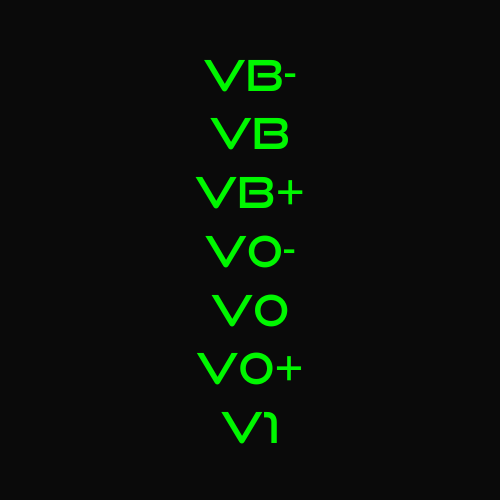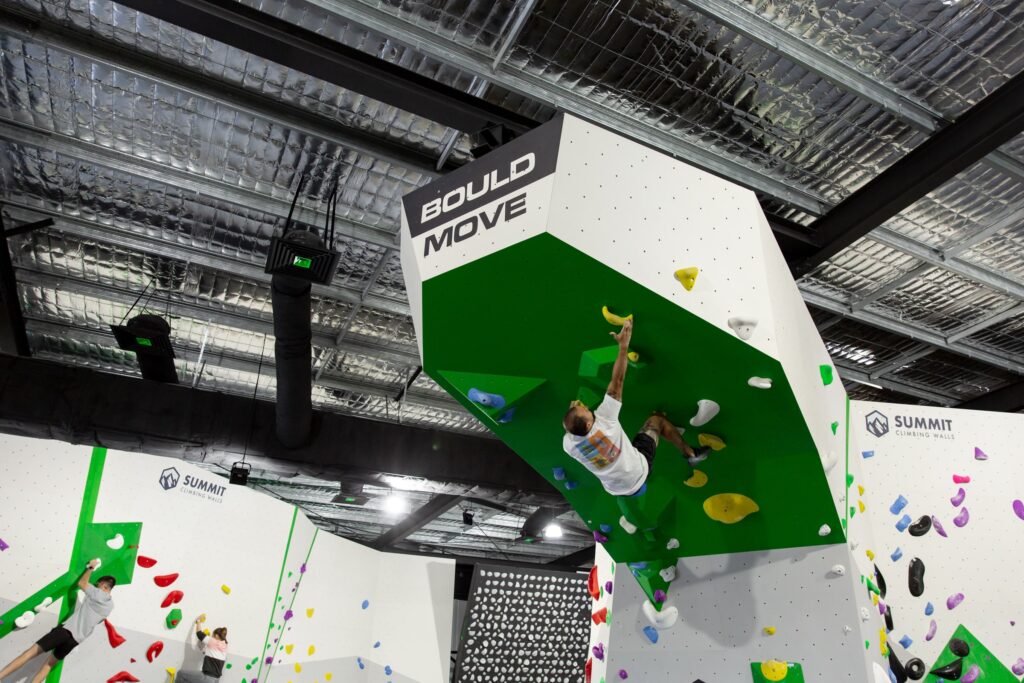Where Did The V-Grading System Come From?
The V scale is a grading system used in bouldering to assign a difficulty rating to a problem.
It was developed by John “Vermin” Sherman in the 1990s and is the current system used in Australian outdoor bouldering.
The V in the V scale stands for “Vermin” which was John Sherman’s nickname.
The V scale is primarily a numerical system, however the scale starts with:

From V1, the scale goes up in whole numbers up to V17, currently the hardest grade.
At Bould Move, we have adapted this scale to start at VB then V0, then from V1 increasing in whole numbers up to V10+ (can be V10 or harder).
The V grading system assesses the difficulty of boulder problems based on various factors such as the nature of the holds and the physicality or complexity of the moves.
For bouldering outdoors, the V grading system attempts to provide a standardised framework for boulderers to communicate and track their progress.
Each problem is subject to regrading overtime in an attempt to make the grade as accurate and unanimous as possible.

V Grading at Bould Move
In contrast, our setters merely use grades to compare the relative difficulty of problems within the centre.
It’s important to mention that the grades only reflect the opinions of the setters on the day that they were set and tested.
There is no objective criteria that leads to a problem being graded.
The grades are simply a rough guide rather than a definitive measure.

While many bouldering centres have traditionally employed colour grading systems, the adoption of the V grading system brings several benefits to Bould Move.
One of the main advantages of the V grading system is its ability to greatly increase setting diversity.
In colour grading, the same colours are used for the same grade ranges. This means that the same types of holds are used to create the same grades countless times. This leads to boulderers at a lower level potentially limiting themselves to bouldering on a small portion of the centres holds until they get better at bouldering.
With V grading, any type of hold can be used for any grade.
This allows our setters to create more diverse boulders at all grades, effectively providing us with a wider hold selection and providing all our members and visitors the opportunity to experience almost every hold in our stock.

The V scale also enables us to have a more granular breakdown of difficulty.
In colour-coded centres, it is common for the colour grade to encompass a wider variety of “grades”. A colour graded centre may have 7 colours, while Bould Move is able to have 12 grades.
Having this difficulty divided among more grades enables more opportunity for a sense of progression, as well as a finer gradient of intensity for training or warm-up.
In theory, the gap between the average V2 and the average V3 would be smaller than that average difference between two colours at another gym. Having these smaller steps allows for more opportunities to set and achieve goals.
The V grading system brings numerous benefits to Bould Move, primarily offering enhanced setting diversity and clearer progression pathways for our members and guests.
